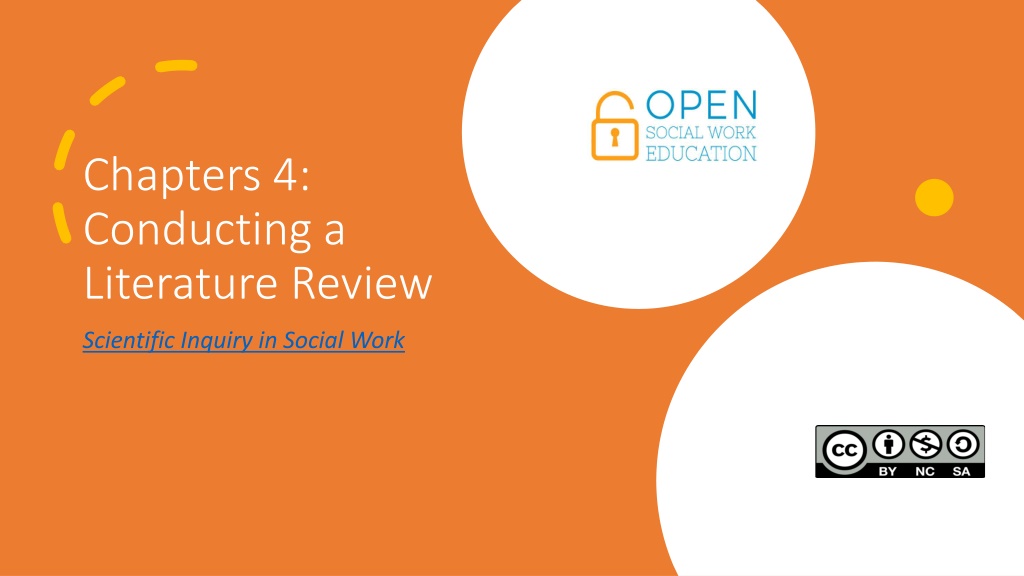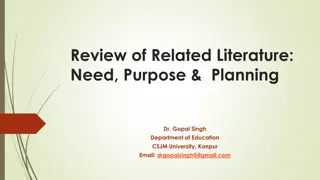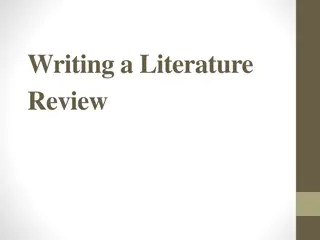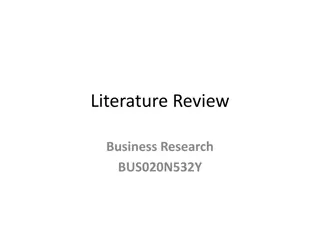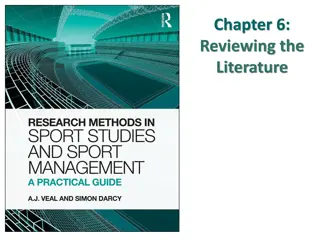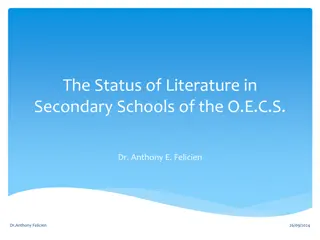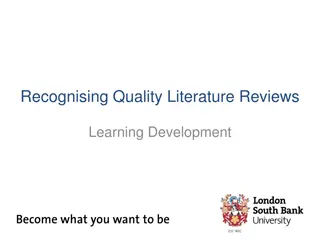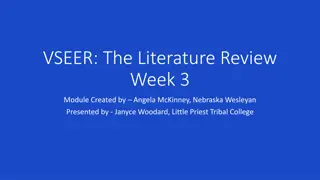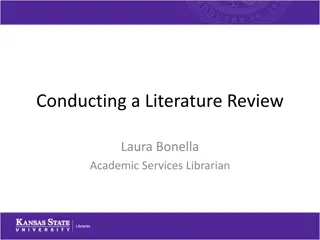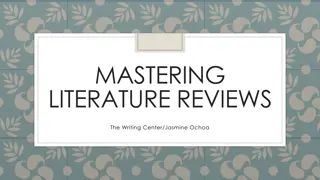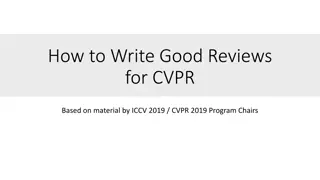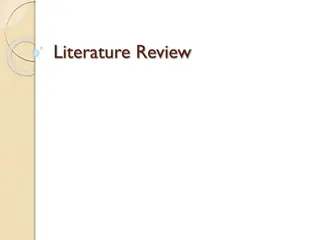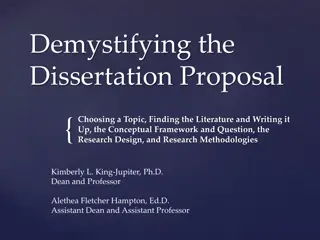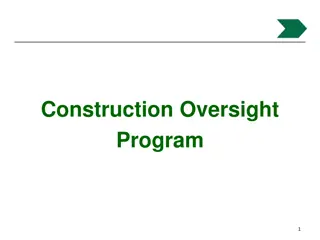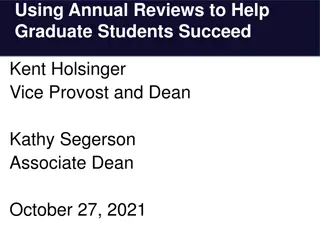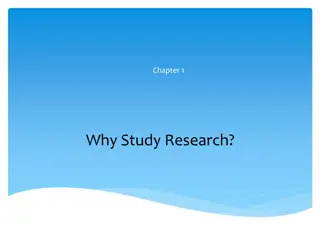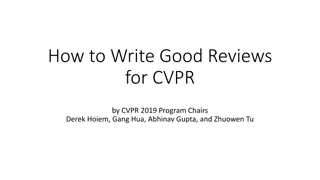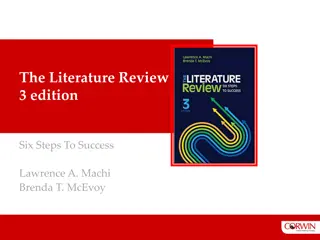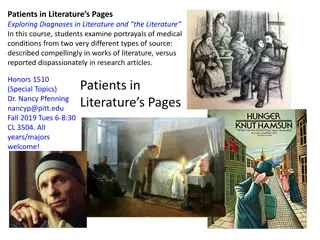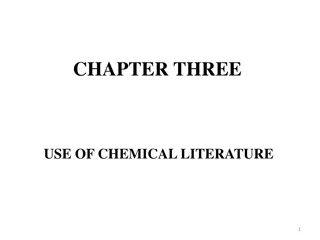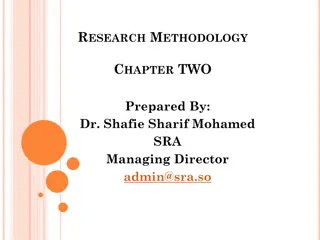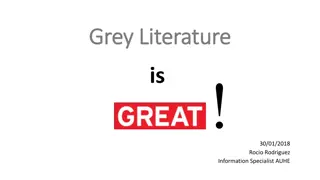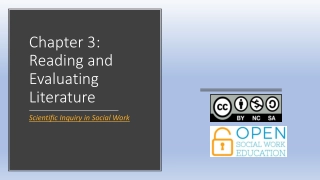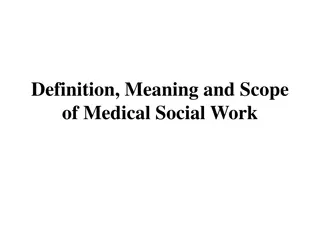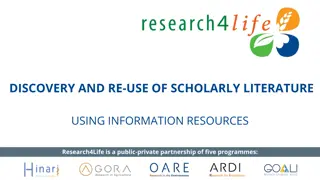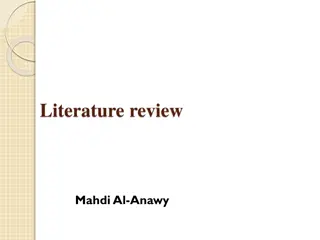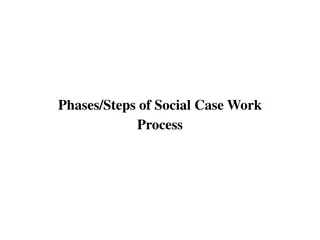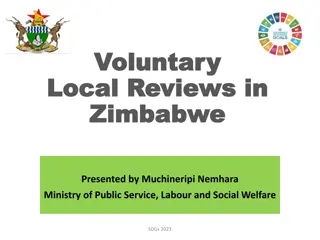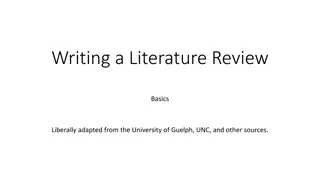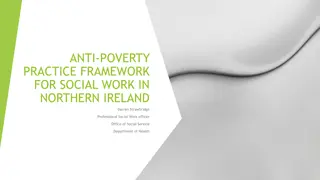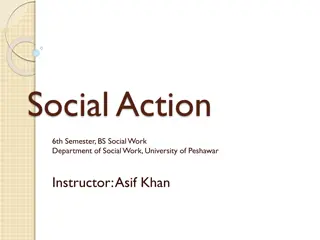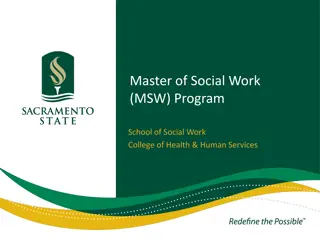Mastering Literature Reviews in Social Work Research
Social workers, regardless of their practice area, must excel in conducting literature reviews to inform their work effectively. This involves synthesizing existing knowledge to build strong arguments and address crucial research questions. Learn the essential components of literature reviews, including argument structures, problem statement formulation, and finding diverse sources to enhance your research proposal.
Download Presentation

Please find below an Image/Link to download the presentation.
The content on the website is provided AS IS for your information and personal use only. It may not be sold, licensed, or shared on other websites without obtaining consent from the author. Download presentation by click this link. If you encounter any issues during the download, it is possible that the publisher has removed the file from their server.
E N D
Presentation Transcript
Chapters 4: Conducting a Literature Review Scientific Inquiry in Social Work
Whether you plan to engage in clinical, administrative, or policy practice, all social workers must be able to look at the available literature on a topic and synthesize the relevant facts into a coherent review. Literature reviews can have a powerful effect, for example by providing the factual basis for a new program or policy in an agency or government. In your own research proposal, conducting a thorough literature review will help you build strong arguments for why your topic is important and why your research question must be answered. Chapter Overview
Literature Reviews Probably the most useful skill you will learn in this class How do you learn about something in a rigorous way? Accessing knowledge Reading literature Having something to say about your topic, and something you want to contribute to what we know Haven t you done literature reviews before? Kind of for any topical essay or paper This is even more detailed and specific for a research proposal
Argument: Something to Say Let s walk through an argument on burnout Claim: the thesis statement what you are trying to prove Grounds: theoretical or empirical evidence that supports your claim Warrant: your reasoning (rule or principle) connecting the claim and its grounds Backing: further facts used to support or legitimize the warrant Qualifier: acknowledging that the argument may not be true for all cases Rebuttal: considering both sides (as cited in Burnette, 2012)
Problem Statement Why is this an important problem to study? How many people are affected by the problem? How does this problem impact other social issues or target populations relevant to social work? Why is your target population an important one to study? How well did the author answer these questions? What would you add to make it stronger?
Finding more literature Try to find each type of source for your topic Seminal article Empirical article Theoretical article Practical article Qualitative article Quantitative article Meta analysis Meta synthesis Systematic review Gray literature Books Searching for articles that answer the questions in the prompt
Describe all of the information from the literature: that is important to know about each variable in your research question that is important to know about the relationship between the variables in your research question What other variables or social forces influence the variables in your research question? Describe what is known about your target population Define key terms Explain theories that are important for understanding your topic Identify consistent findings across studies Identify gaps and controversies in the literature Literature Review How well did the author answer these questions? What would you add to make it stronger?
General Idea Facts from Topic Citation Methods Results Literature/Author Substance abuse (Auerbach & Miller, 2018) - Drug and alcohol- related deaths and suicide rates are at an all- time high. -rural areas are hit hardest -Support community well-being to increase social capital -Social capital defined by context - Rural areas are hit hardest and using place-based education and resources are essential -Encourage students to return to counties post- graduation - Provide the needed addiction and mental health treatment resources in communities with new graduates -can communities or businesses provide college scholarships to fill needed service roles? non-empirical Raw Outline: Notes on the Literature Health care use & perceptions (McGarvey, Leon- Verdin, Killos, Guterbock, & Cohn, 2011) Examine perception of health to find ways to target and improve community health -Getting healthcare is linked to perceiving you have a problem or concern -similar to making behavior changes - must recognize problem first -lack of resources typically noted as issue, but maybe it is perception too - telephone survey of a random sample of adults living in households within communities of all counties of the state of Virginia -survey questions created by researchers and pilot tested -sample size=1164 - significantly higher rates of residents in Appalachian counties self-reported a cancer Diagnosis - not more likely to self report being diagnosed with diabetes and heart disease -actual rates higher than self-report -having insurance not related to getting care
A topical outline helps you to put all your information in one place and organized by topic for your literature review Topical Outline: Getting to a literature review These topical areas become in your paper: Headings Subheadings Topic sentences Supporting arguments Concluding sentences Let s look at the exemplar And walk through how to create one using our class examples
Raw outline = organized by individual reference sources Topical outline = information from multiple sources arranged by topic or category 1. Create a new Word document 2. Using the raw outline entries sort the information from every source you have into topics or categories and subcategories. a. Information may fit in more than one place. b. Categories may change as you complete the assignment. This process is an important stepping stone to writing a full literature review. Be sure to include an in-text citation for each entry to make sure you know what information came from which reference source. How to Create a Topical Outline
Suicide Risk Among LGBT Youth Accumulating evidence indicates that adolescents who have same-sex sexual attractions, who have had sexual or romantic relationships with persons of the same sex, or who identify as lesbian, gay, or bisexual are more likely than heterosexual adolescents to experience depressive symptoms, suicidal ideation, and to make suicide attempts (Almeida et al., 2019; Russell & Joyner 2011) LGBT girls and boys had significantly increased risks of suicidal ideation compared to their heterosexual, non-transgendered counterparts (Almeida & Azrael, 2019) [Sexual minority] youth were significantly more likely to be at risk of suicidal behavior than youth in the general population (Eisenberg & Resnick, 2016; Remafedi et al., 2018; Hong et al., 2011) Bullying and School Social Interaction LGBT adolescents live in social environments in which they may be exposed to negative experiences, including social rejection and isolation, diminished social support, discrimination, and verbal and physical abuse (Lombardi et al. 2011; Savin-Williams 2017; Wyss 2014) Peer rejection and victimization are linked to psychosocial problems among sexual minority youth including suicidal behavior (Bontempo & D Augelli, 2002; Friedman et al., 2016, Grossman & Kerner, 2008; Poteat & Espelage, 2017) Example: Topical Outline Girls vs. Boys Although girls had significantly higher rates of suicidal ideation compared to boys (11.0% vs. 5.2%), there were only modest, statistically non-significant differences in self-harm by sex (8.0% vs. 7.1%). (Almeida et al. 2019) Among LGBT youth, a significantly larger percentage of males reported discrimination (12 out of 24, 50%) than LGBT females (19 out of 75, 25.3%). (Almeida & Johnson, 2018) Parental Factors Previous studies have documented that parents react negatively to their child s non-heterosexual identity, particularly fathers (Hong et al, 2017) The researchers report that youth whose parents hold negative attitudes toward their child s sexual orientation were likely to experience poorer health outcomes than do peers from families that reported no or low levels of family rejection. (Hong, Espelage, & Kral, 2011)
